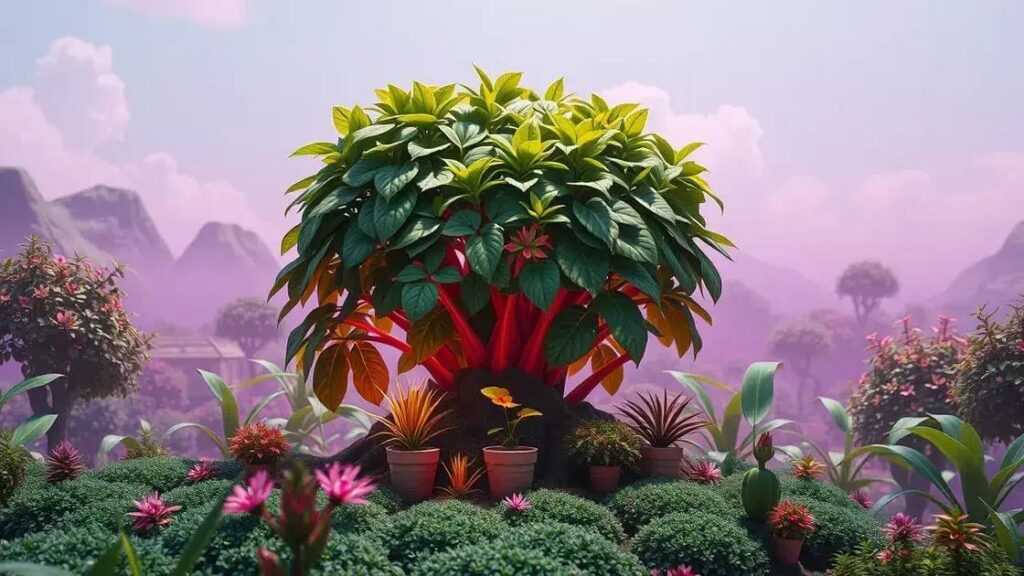How to take care of plant enthusiasts often find themselves facing challenges that aren’t immediately obvious. It’s not just about watering and sunlight; there’s a world of nurturing involved that can turn a struggling plant into a flourishing one. You don’t have to be an expert to keep your plants thriving. Let’s explore some essential strategies that make all the difference.
Table of Contents
ToggleEssential sunlight requirements for thriving plants
Essential sunlight requirements for thriving plants are vital for the health and growth of your indoor greenery. Understanding how much light your plants need can make all the difference in their overall vitality. The right light conditions contribute significantly to photosynthesis, which is crucial for your plants’ development.
Understanding sunlight needs
- Different plants have varying sunlight requirements; some thrive in bright light, while others prefer low light.
- Observation is key: Monitor your plants for signs of light stress, such as yellowing leaves or stretching stems.
Types of sunlight
- Direct sunlight: Typically best for succulents and cacti. These plants thrive on at least six hours of direct sun daily.
- Indirect sunlight: Ideal for tropical houseplants like ferns and philodendrons. They prefer filtered light and do best when placed near a window.
- Low light: Suitable for plants like snake plants and pothos. They can survive with minimal natural light, making them perfect for darker spaces.
Assessing your plant’s sunlight conditions
When placing your plants, consider how much light they receive throughout the day. A simple way to assess this is:
- Observe the location in your home throughout the day to determine the best spot for your plants.
- Use a light meter app on your phone to measure the lumens and decide on suitable plant choices.
Natural light versus artificial light
| Type | Advantages | Disadvantages |
|---|---|---|
| Natural Light | Free and provides full spectrum light | Can be inconsistent based on weather and time of year |
| Artificial Light | Consistent and can be controlled | Can be costly and may require specific bulbs |
When growing indoors, it’s essential to combine both exploring indoor gardening techniques to provide optimal conditions for your plants.
Watering techniques for healthy plant growth

Watering techniques for healthy plant growth are crucial for ensuring your plants thrive indoors. Proper watering not only nourishes your plants but also supports their overall health and resilience against pests. Understanding the best practices can lead to lush, vibrant greenery.
Watering basics
- Always check the soil moisture before watering; don’t rely solely on a schedule.
- Use room temperature water to avoid shocking your plants.
Different watering methods
- Bottom watering: Place your pot in a tray filled with water. Allow the soil to absorb moisture through the drainage holes for even hydration.
- Top watering: Slowly pour water onto the soil until it begins to drain out of the bottom. Wait for a few minutes before discarding excess water.
- Using a spray bottle: Ideal for humidity-loving plants, mist leaves to provide moisture without oversaturating the soil.
Signs of overwatering and underwatering
| Condition | Symptoms | Solutions |
|---|---|---|
| Overwatering | Yellowing leaves, root rot, fungal growth | Allow soil to dry out, adjust watering schedule |
| Underwatering | Wilting leaves, dry soil, brown tips | Water thoroughly, check moisture weekly |
Best practices for watering
To ensure your plants receive the right amount of water, consider these tips:
- Use a moisture meter for precise readings.
- Water early in the day to allow excess moisture to evaporate.
Incorporating these effective exploring indoor gardening techniques will empower you to confidently care for your plants.
Common signs of unhealthy plants and solutions
Common signs of unhealthy plants and solutions can help you identify issues before they escalate. Recognizing the early warning signs is essential for ensuring your plants thrive instead of merely surviving. Understanding these symptoms and knowing how to address them will lead to a healthier indoor garden.
Identifying unhealthy plants
- Yellowing leaves: Often an indication of overwatering or a lack of nutrients.
- Wilting leaves: A sign of underwatering or root issues.
- Brown leaf tips: Typically caused by low humidity or root stress.
Symptoms to watch for
- Fungal growth: Appears as white, powdery spots and indicates excess moisture. Improve air circulation and reduce watering.
- Stunted growth: If your plant isn’t growing, check for pests or nutrient deficiencies. Consider fertilizing or repotting.
- Leaf drop: Can be due to sudden temperature changes or stress. Maintain stable conditions for your plants.
Solutions for common issues
| Signs of Unhealthiness | Possible Causes | Recommended Solutions |
|---|---|---|
| Yellow leaves | Overwatering or nutrient deficiency | Check soil moisture; fertilize if needed |
| Wilting leaves | Underwatering or root problems | Water thoroughly; inspect roots for damage |
Preventing future issues
Taking proactive measures can keep your plants healthy:
- Regularly inspect your plants for signs of stress.
- Educate yourself on exploring indoor gardening techniques to strengthen your plant care skills.
By learning how to spot the common signs of unhealthy plants and implementing effective solutions, you set the stage for flourishing indoor plants.
In conclusion
Taking care of plants requires understanding their needs, from sunlight to watering techniques and recognizing signs of distress. By implementing the tips and techniques discussed in this guide, you can create a thriving indoor garden that enhances your living space. Don’t hesitate to explore tips on enhancing your indoor garden for further insights to improve your gardening journey.

